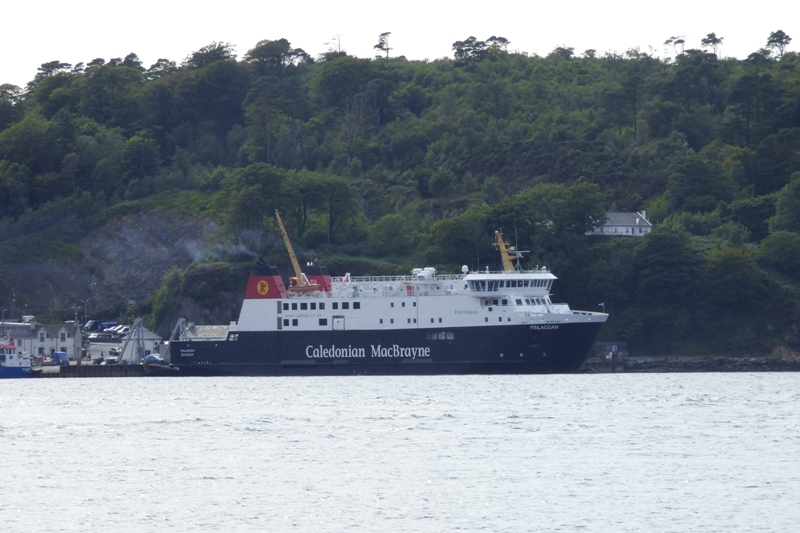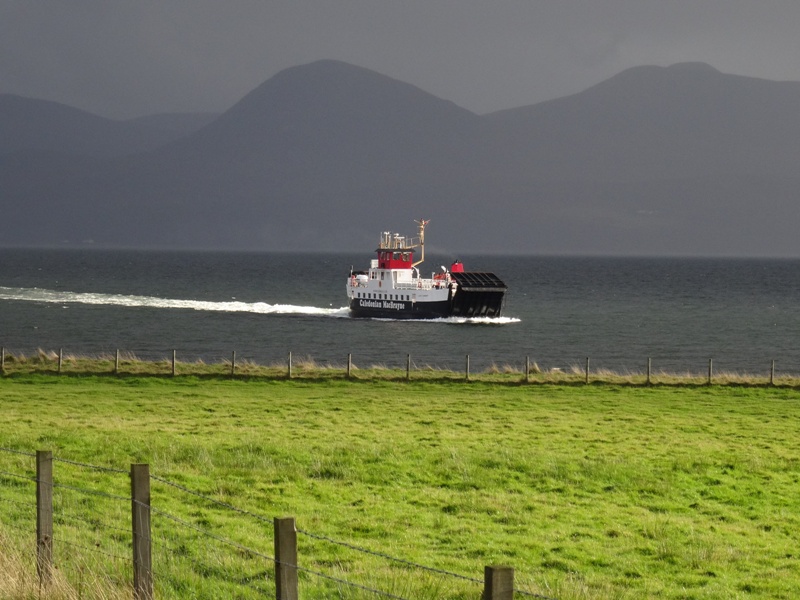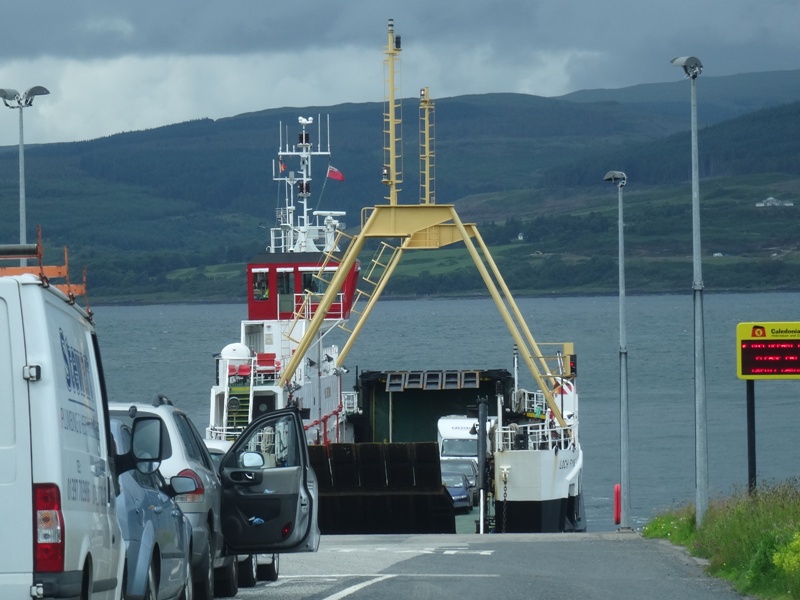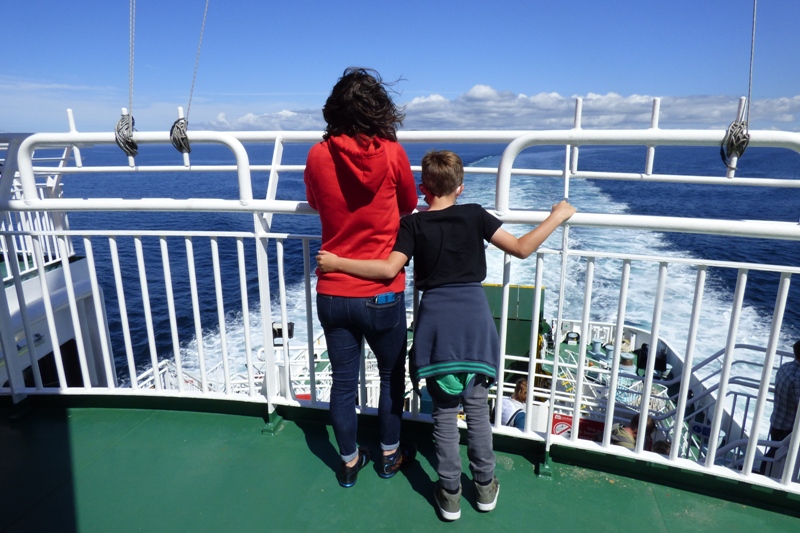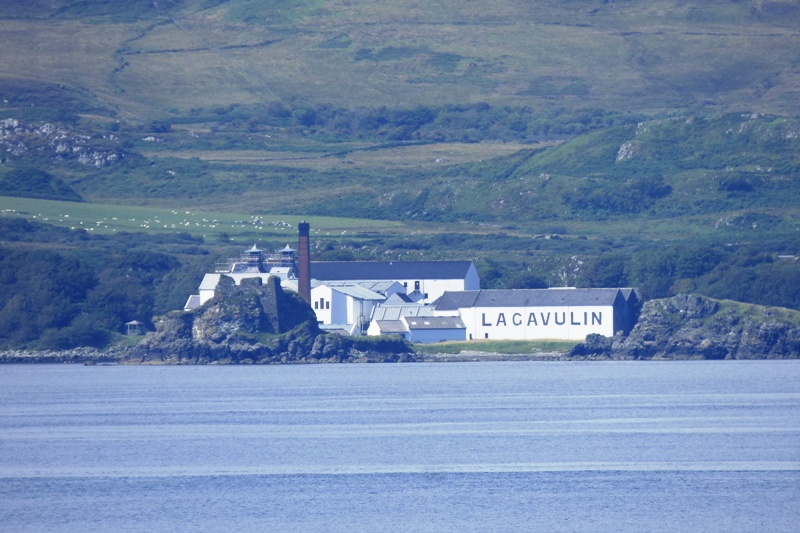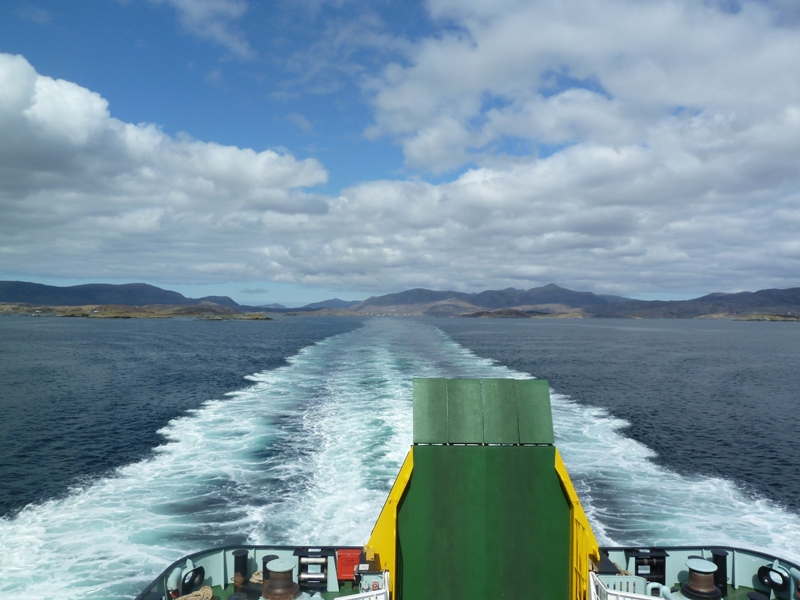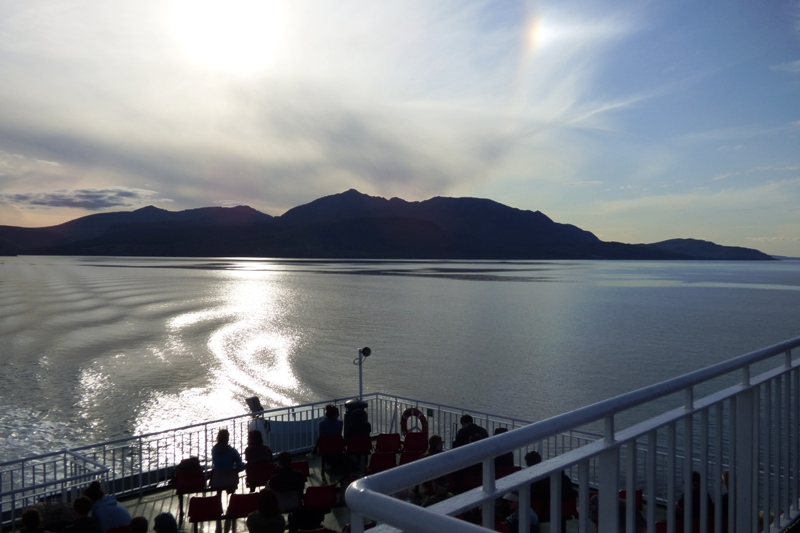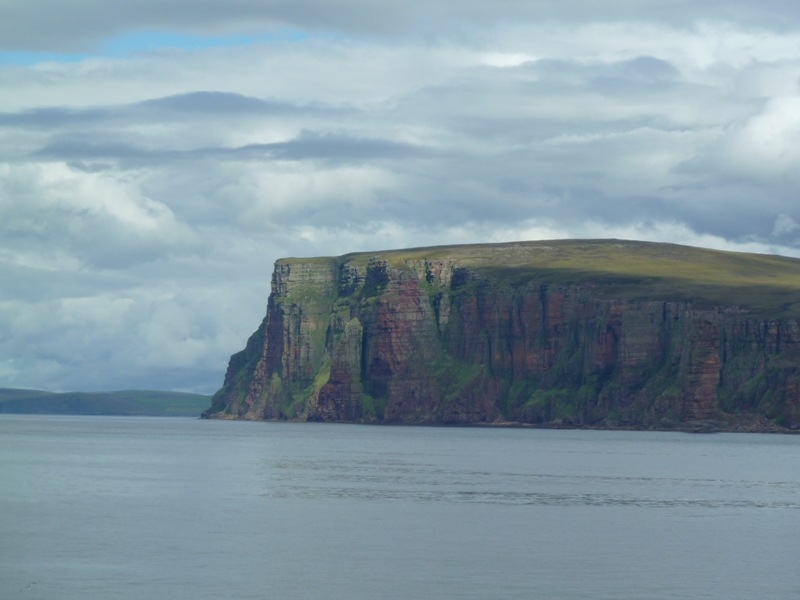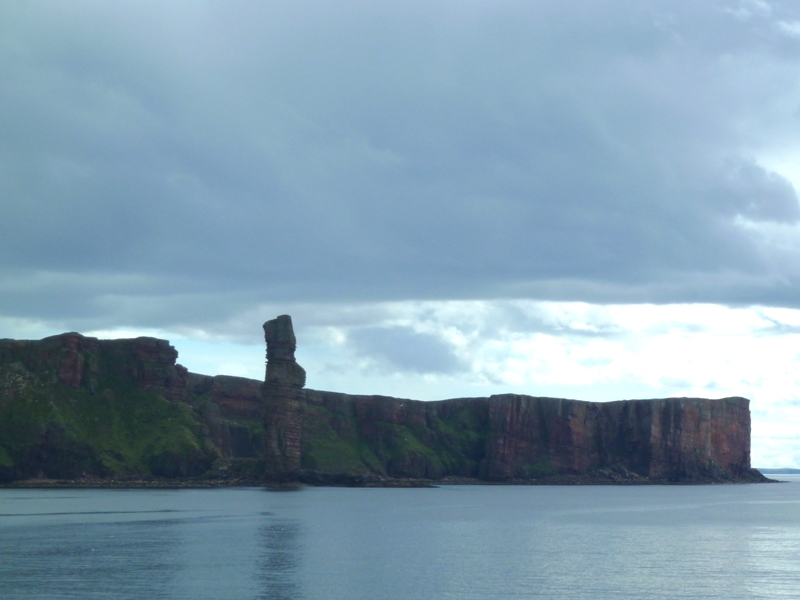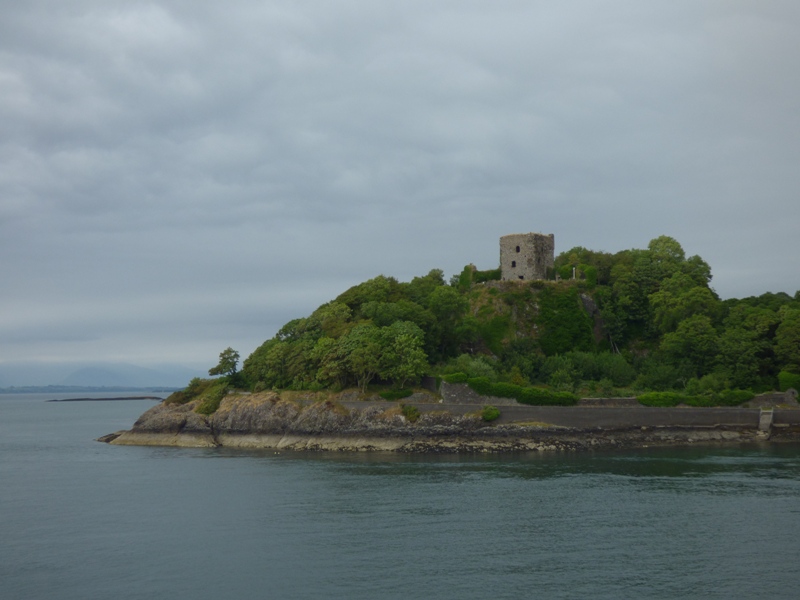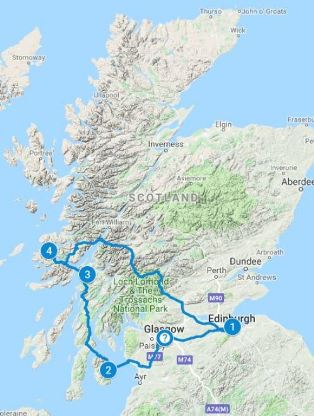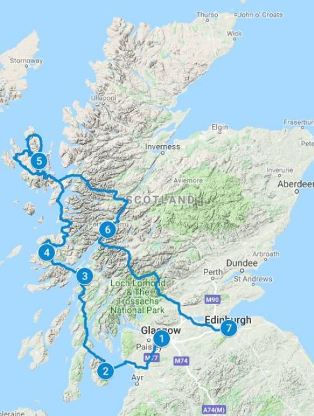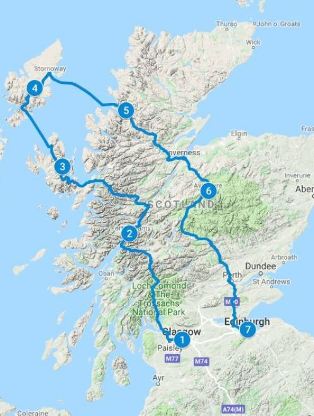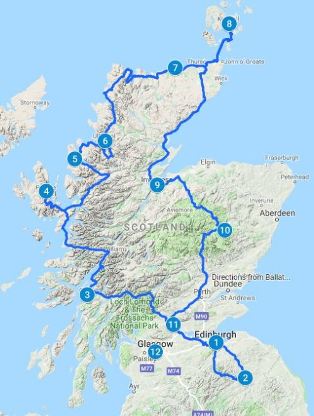Touring Scottish Islands by Car
We’ve previously written travel tips on how to plan a 7 day Scottish Islands tour itinerary.
With the following travel tips, we are going to give you the stuff you need to know about how to use the ferry services in Scotland.
Ferry Operators:
The first thing you need to know is that Caledonian MacBrayne operates almost every major ferry route to the islands on the west coast of Scotland. Indeed, their monopoly on the west coast is so famous that it has been celebrated in a well-known rhyme
The Earth belongs unto the Lord,
And all that it contains.
Except the Kyles and the Western Isles,
For they are all MacBrayne's.
If sailing to Orkney you have the choice of Northlink Ferries (who also sail to Shetland) and Pentland Ferries.
There are still a few small independent ferry operators serving the smaller islands such as Kerrera and Easdale.
And, of course, there is the well-known Glenelg Ferry that carries a few cars at a time across the narrow sea strait of Kylerhea to Skye. This is quite an experience as it is the smallest turntable car ferry service in Scotland and one of the last of its kind. Similar ferries used to operate all over Scotland but have been replaced by bridges such as those at Kyleakin and Ballachulish.
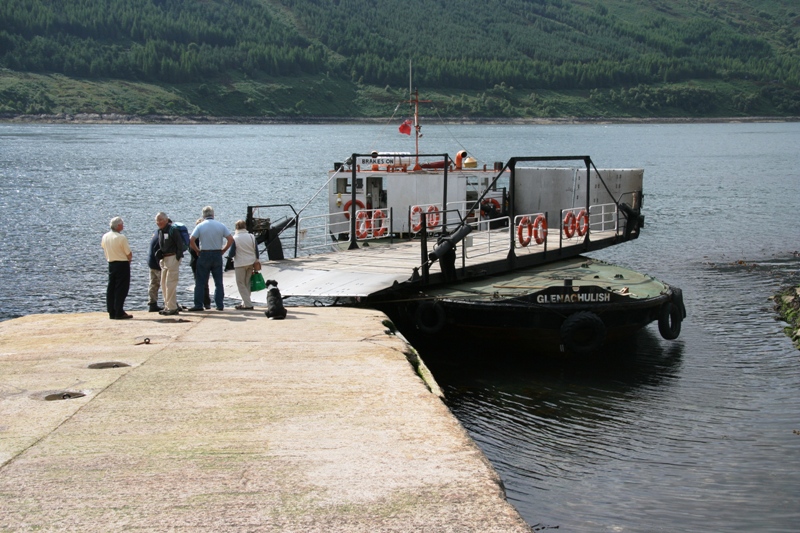
Ferry Timetables:
If you are going on a Scottish Island holiday you will need to get acquainted with the CalMac website. This is the go to resource for ferry times, prices and bookings.
There are a couple of things that you need to keep in mind when booking ferries.
1. Seasonal Changes:
CalMac operates a different timetable in Winter than it does in Summer. So if you are looking at ferry times you need to make sure you are looking at the right season. The Summer schedule typically runs from late March to late October.
Northlink ferries also have seasonal changes in their ferry times with extra services running between Mid-May and the end of August.
2. Low Tide Timetable Amendments:
Some Calmac ferry routes have quirky timetable variations due to low tide conditions. Mallaig harbour is particularly vulnerable to this. If sailing on the following routes you need to take note of the “Tidal Amendments” that occur on specific days.
- Mallaig - Armadale
- Mallaig - Lochboisdale
- Mallaig - Eigg
- Berneray - Leverburgh
- Oban - Lismore
Booking Your Tickets:
As a general rule of thumb, if a CalMac ferry crossing takes ~30 minutes or less, it will operate a “turn up and go” system. This simply means that you can’t book a place in advance and they operate a first come first served service.
This system is fine in most cases as the shorter ferry sailings mean you don’t have too long to wait between ferries. But on some routes, such as Tobermory to Kilchoan, you could have a 2 hour wait if you don’t get on the ferry that you hoped for.
We would always recommend that you pre-book your ferry if you can do so. Certain routes are busy in summer and it just isn’t worth the risk of winging it.
The websites for CalMac, Northlink Ferries, and Pentland Ferries all have online booking systems where you can make secure payments by credit card.
If you are sailing with CalMac, they have introduced a modern ticketing system that emails you with a ticket that has a QR code that you present at the ferry for scanning. There's no need to carry any paper tickets, and there's even an App that you can download to your phone so all your tickets are stored online and are easy to access.
If you are going to be using a lot of CalMac ferries, it is worth registering for an Account on the Calmac website as this makes it quicker to buy tickets, or to change a booking.
Check-in at the Ferry:
When you are looking at the ferry timetables, you also need to take note of the “Check-in” times as these vary depending on the route.
If you have booked your tickets and arrive after the designated check-in time, you may lose your place on the ferry.
SO always allow enough time to get to the ferry before the check-in time.
Don’t worry, if you buy one of our guides you will find the check-in times highlighted and we suggest how to schedule your day to arrive at the ferry with time to spare.
Boarding the Ferry:
After checking in at the ferry, you will be guided to park your car in a designated boarding lane. Arriving first for the ferry doesn’t always mean that you will be the first off.
Unfortunately, there generally isn’t a great deal to do at the ferry terminals whilst you wait to board the boat. If you are traveling with children, you might wish to think about having some games to hand to keep them amused during the 30 - 45 minute wait.
This isn’t a problem if you are boarding at Oban, Ullapool, Tarbert (Harris), Stornoway or Brodick as the ferry terminal is not far from some gift shops and restaurants.
Disabled Passengers:
Calmac is very efficient when it comes to assisting passengers with mobility problems.
When you make a booking with CalMac you just need to notify them that you will require assistance with the boarding. Then, when you arrive at the ferry check in, they will recognise your booking and make sure that your vehicle is parked on the ferry beside an elevator.
It is all very smoothly organised.
On Board the ferry:
As you would expect, the size of the ferries and what you get on board is very varied.
A general rule of thumb with CalMac ferries is that any ferry on a route that takes more than 30 minutes, will have a cafe on board.
If you are on one of their larger ferries, you can expect to have a restaurant serving a choice of meals which typically seems to include fish and chips, a curry and some pasta dish like a lasagne. It won’t be the culinary highlight of your Scotland tour, but eating on the board is sometimes a good way to make use of your time if you have a packed touring agenda.
The larger ferries also have a bar which is where the “locals” can often be found catching up with the island gossip.
If you prefer a quieter space, there are observation lounges with comfy seating and, of course, you can always sit out on the deck and take in the bracing sea air and coastal scenery.
The Northlink Ferries that sail to Orkney and Shetland are really comfortable ships and have great facilities. The Shetland route is a long crossing so the ferries need good facilities and they feel more like cruise ships.
The Pentland Ferry from Gills Bay to Orkney is a smaller ferry designed for speed so it is more basic than the Northlink Ferries, but it does have a great observation deck. You can also peer into the bridge of the ship and see what the captain is doing.
Most Scenic Ferry Routes:
There are some ferry crossings worth taking for the scenery. This is a list of some of our favourites.
Kennacraig to Port Ellen (Islay) - The highlight of this route is the approach to Port Ellen as the ferry passes the famous distilleries of Ardbeg, Lagavulin and Laphroaig. You might need to use a tele-foto lens as the distilleries are in the distance but we took this picture with a modest little camera and it turned out OK.
Uig to Tarbert (Harris) - There is a magic about arriving on Harris. It certainly doesn’t feel like any part of mainland Scotland and it retains a distinct island culture. This is one of the few places in Europe where the Sabbath is still a strict day of rest. But they know how to throw a party too!
Ardrossan to Brodick (Arran) - The appeal of this ferry crossing is the contrast between the urban environment of Ardrossan harbour and the mountainous backdrop of Brodick Bay. When you disembark in Brodick, you are literally stepping off into the Highlands as Arran sits astride the geological fault line that delineates the start of the Highlands.
Scrabster to Stromness (Orkney) - If you are sailing to Orkney, it is worth taking the Northlink Ferry to Stromness as this route sails below the sea cliffs of the Isle of Hoy. At 1,140 feet, these are the highest perpendicular sea cliffs in the British Isles and dwarf the ferry.
The Captain announces when you are approaching the “Old Man of Hoy” sea stack, but this often leads to a rush on deck so it is best to get outside early on to reserve a good spot for a photo.
Oban to Craignure (Mull) - Sailing out of Oban harbour you pass the ivy-clad ruins of Dunollie Castle.
But Dunollie is just the warm-up act for Duart Castle which is a much more impressive fortress perched on a headland that guards the southern approaches to the Sound of Mull. The castle has an impressive arsenal of cannon that could probably still put a few nasty dents in the CalMac ferry.
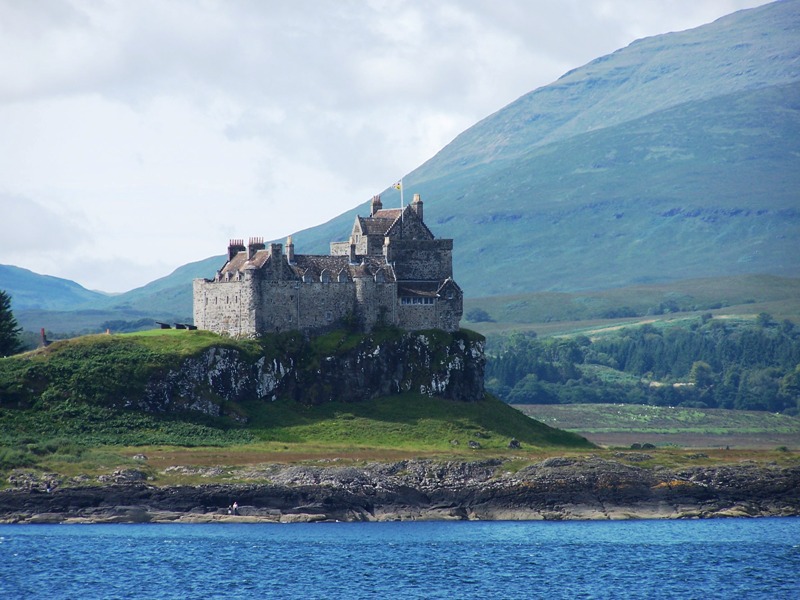
How to Make the Most of Your Island Hopping Tour:
For a complete guide on how to plan a Scottish island tour itinerary, we have a choice of "Ready-to-Go" tour plans that cover the popular destinations of Skye, Mull, Arran, Orkney, Lewis & Harris.
You can read more at the links below:
Island Explorer - this is a great option for a 7 day introduction to the Scottish Islands and it focuses on Arran, Mull, and Iona. With options to visit lots of smaller islands.
Island Adventure - extends the route followed in the Island Explorer by adding in a visit to the Isle of Skye. We suggest you allow around 10 days for this tour.
Island Odyssey - if you have 10 - 14 days in Scotland and want to experience some of its most remotre corners, we recommend the Island Odyssey. This route takes you up the west coast via Fort William (with an option to visit Mull) then onto Skye and the Western Isles before returning via Ullapool.
Grand Tour Borders to Orkney - we guide you all the way from the south of Scotland to the northern extreme of the mainland and then onto Orkney. This itinerary really needs 2 weeks or more to do it justice.

